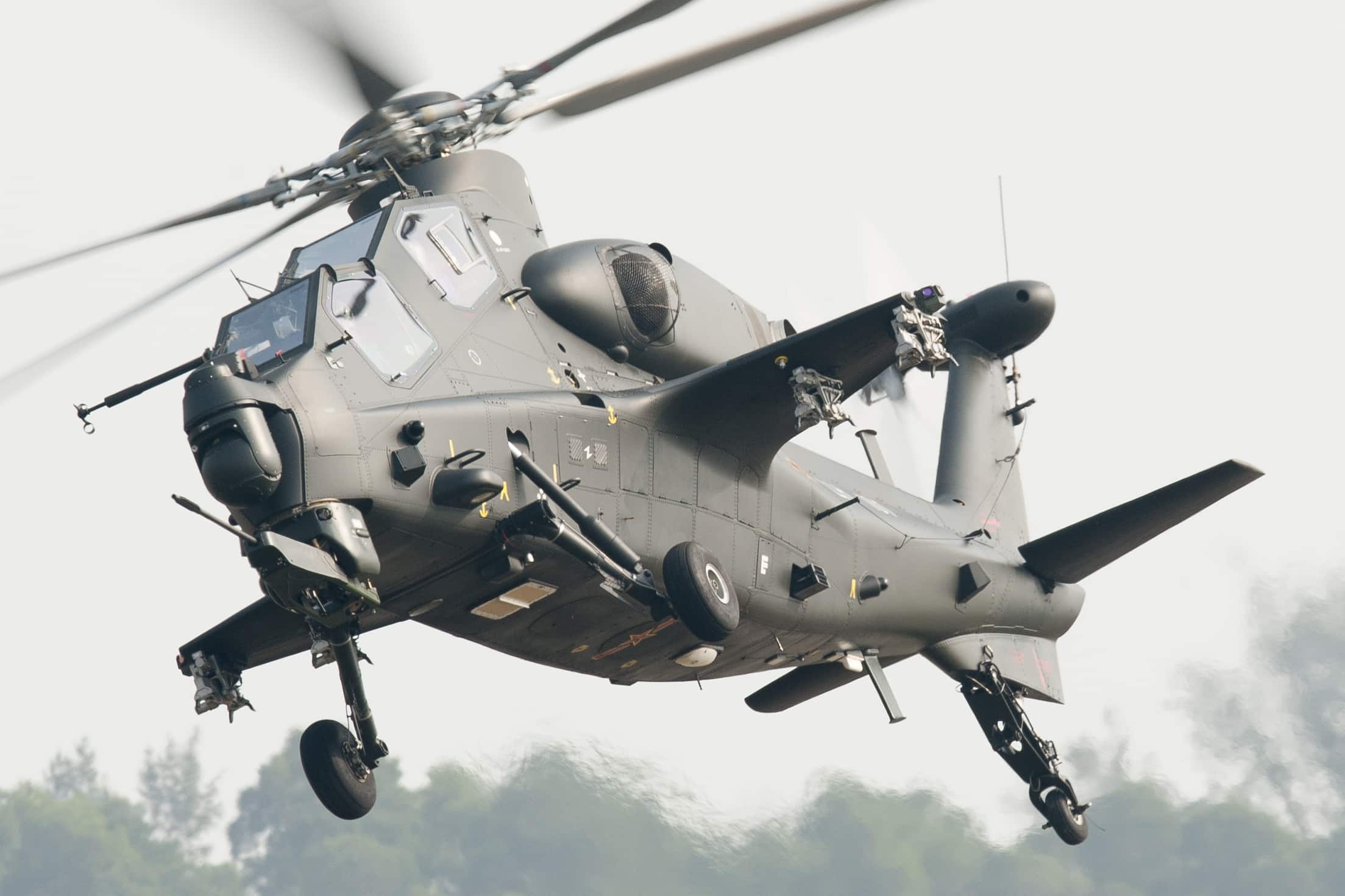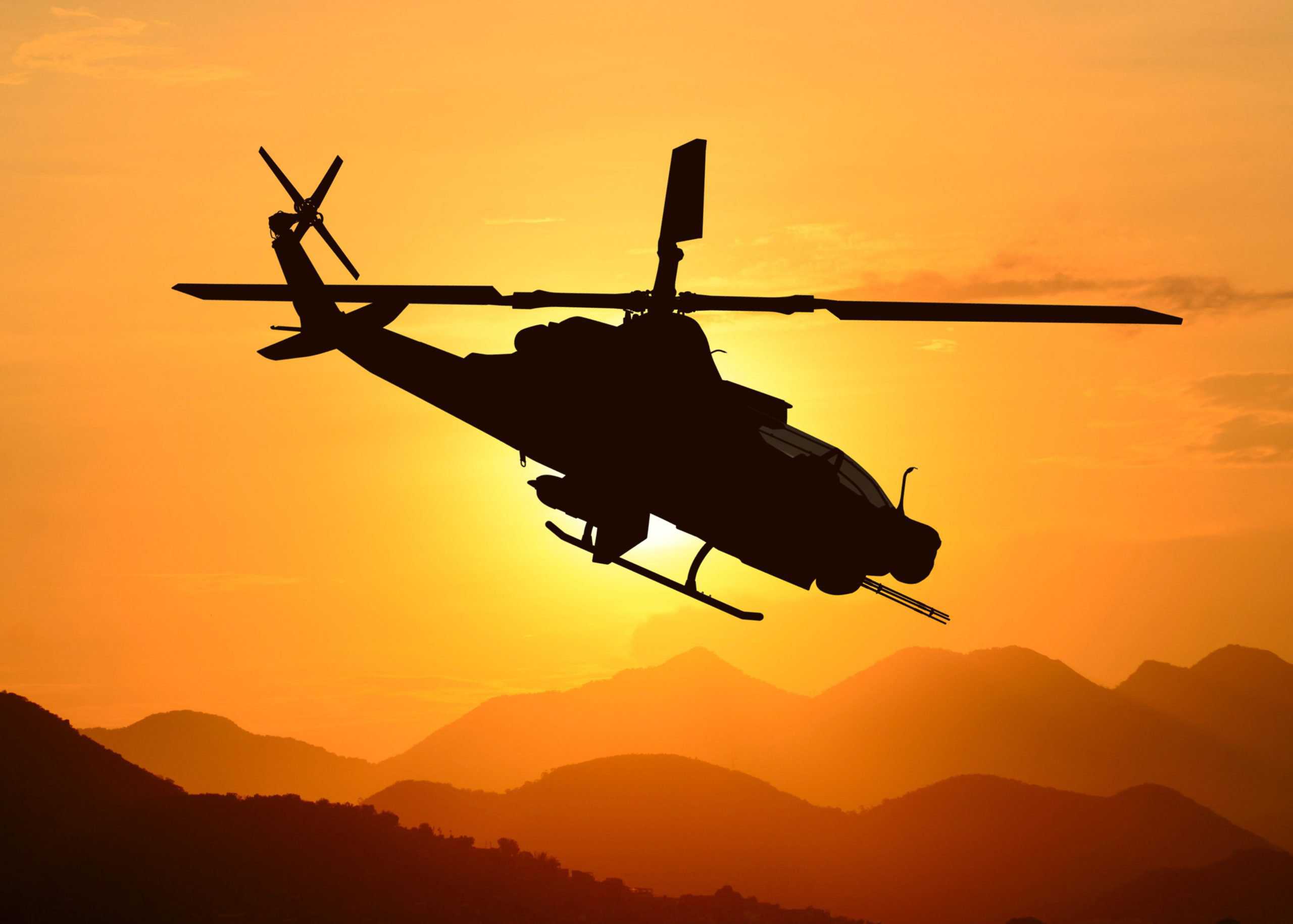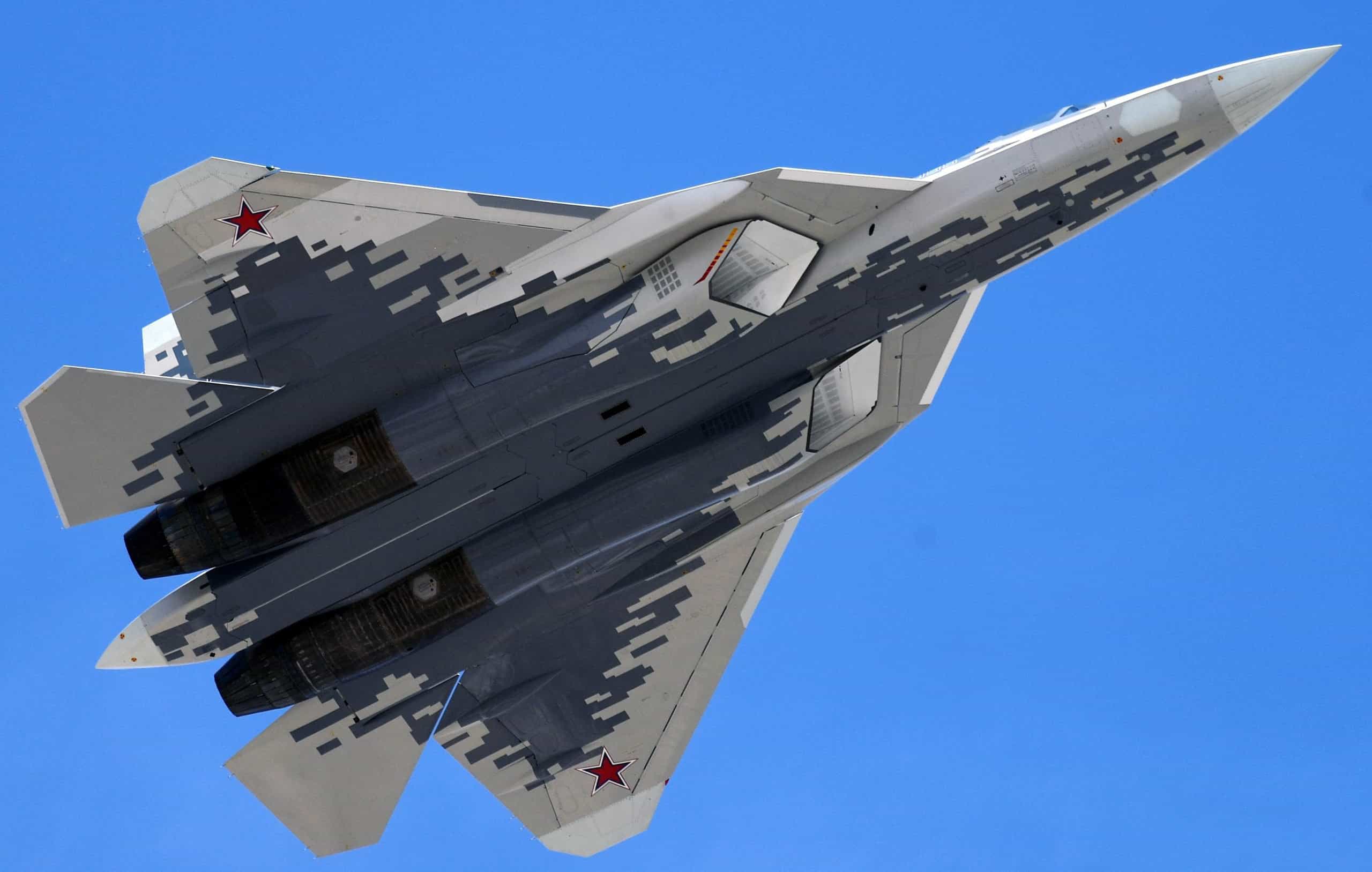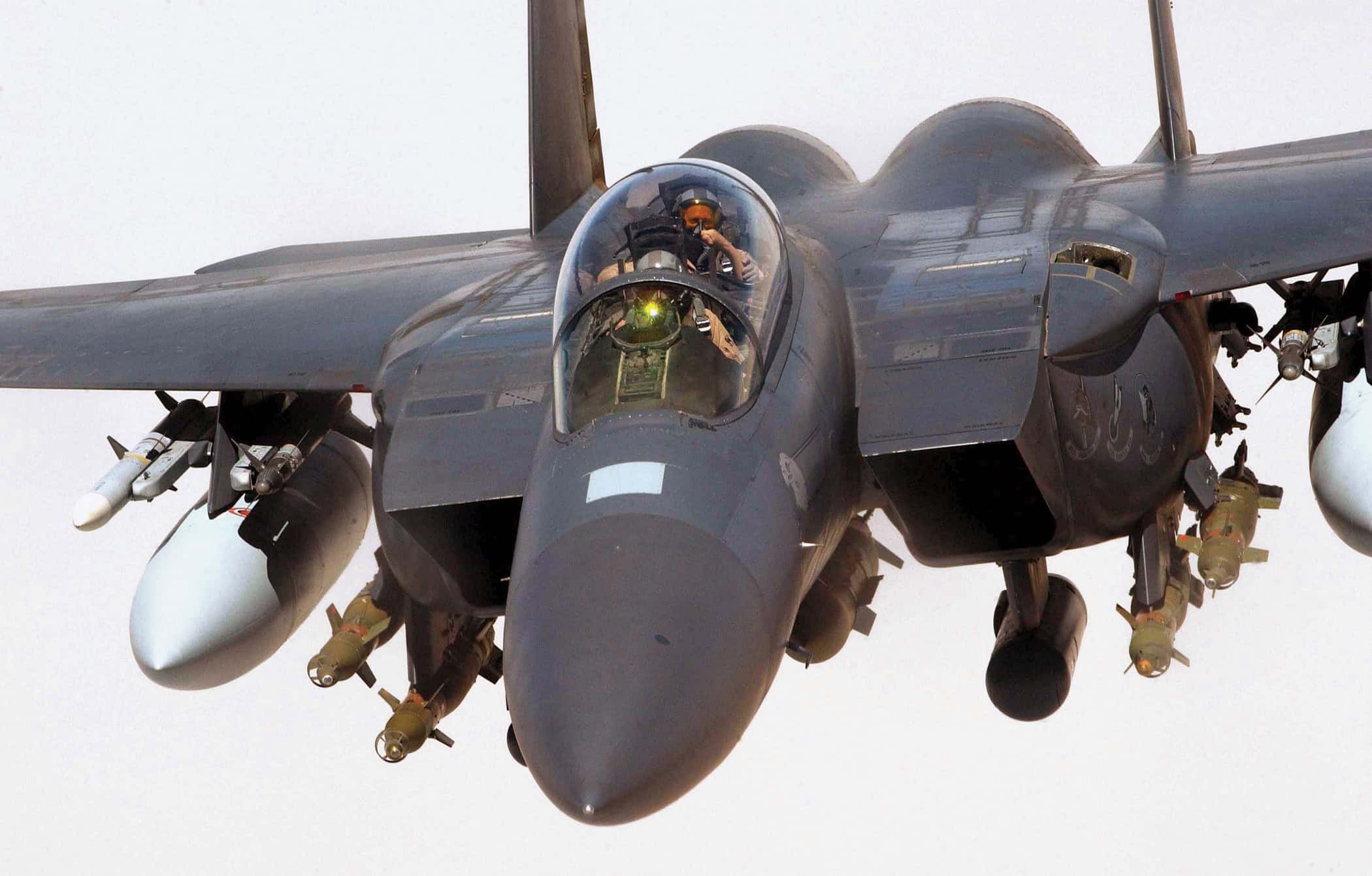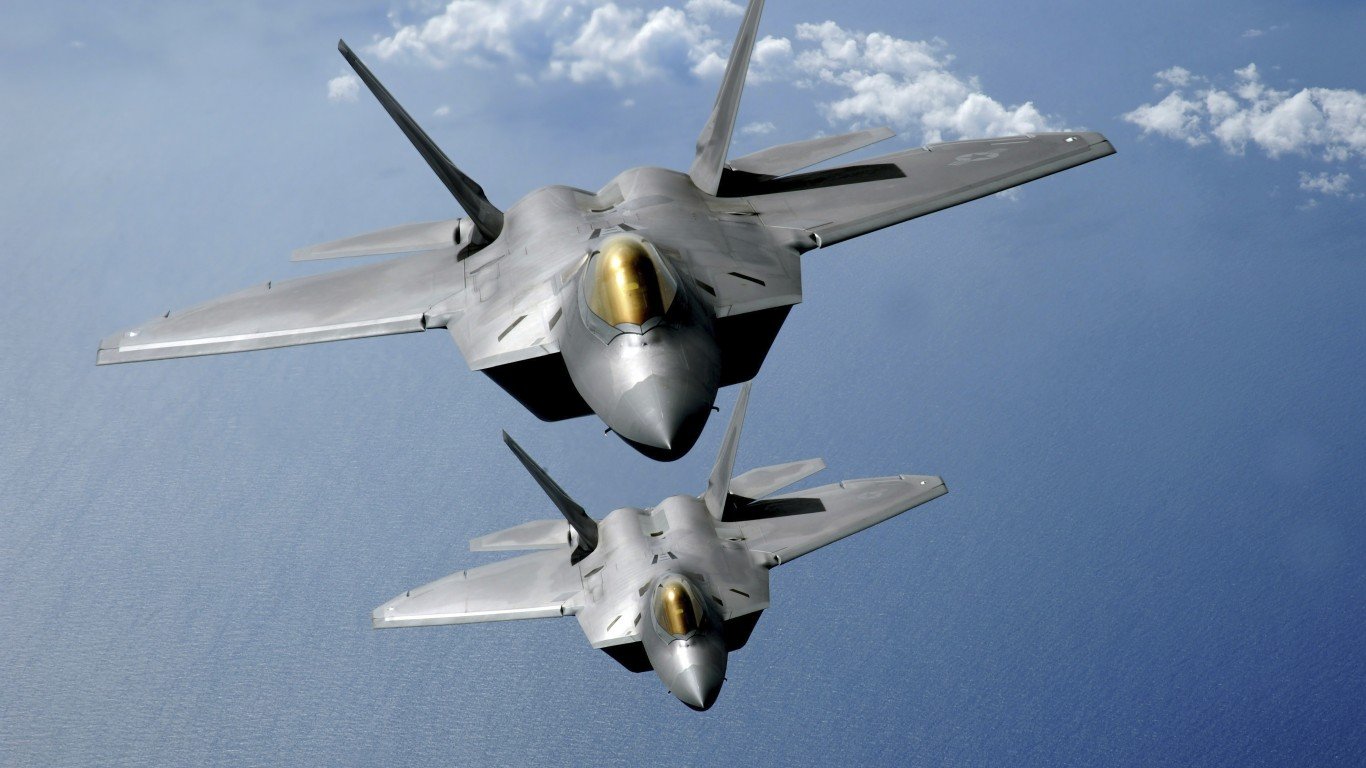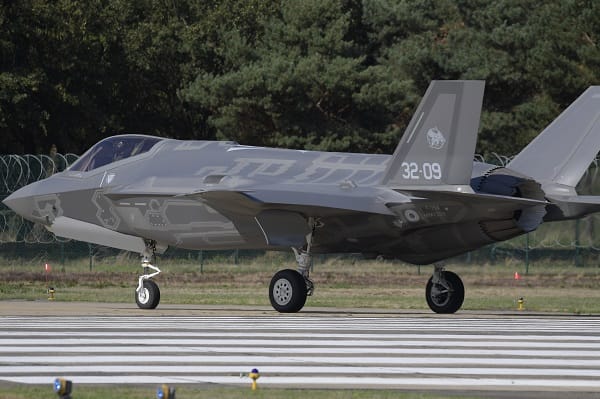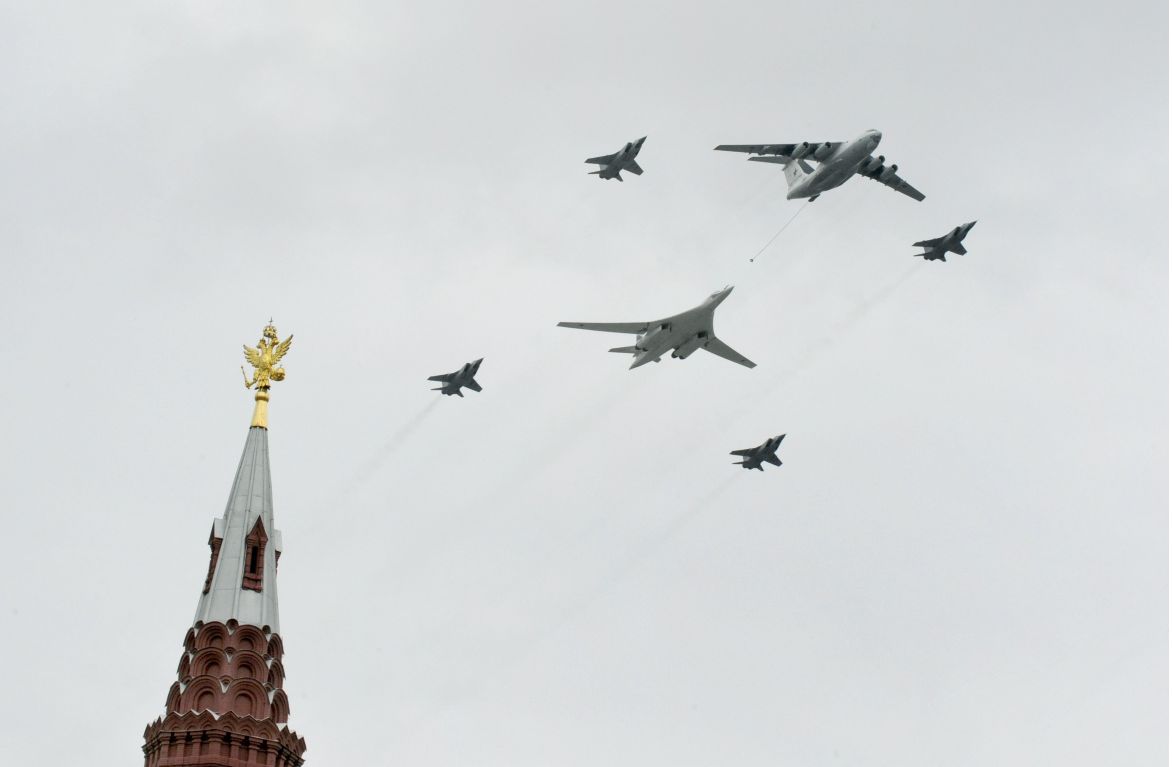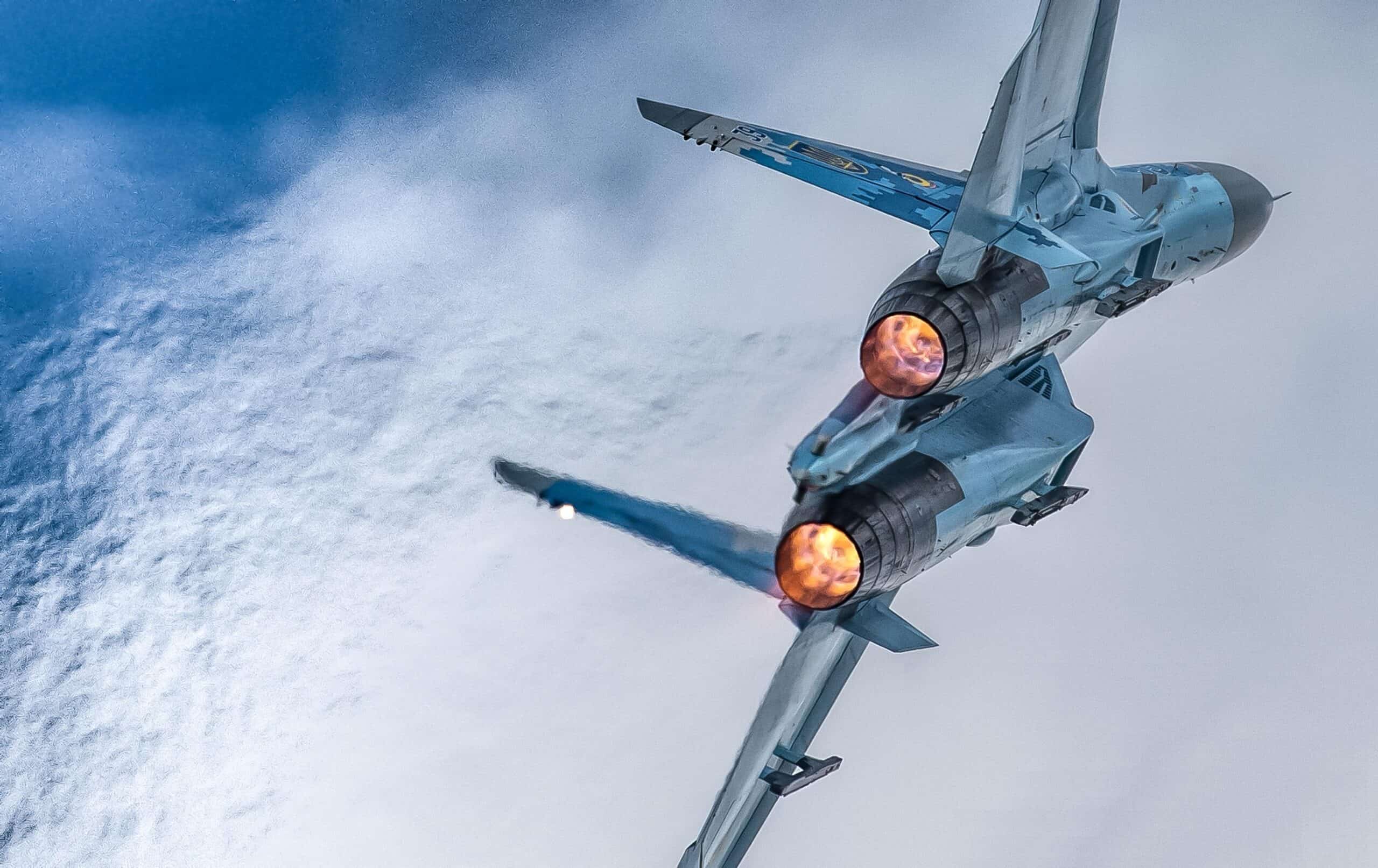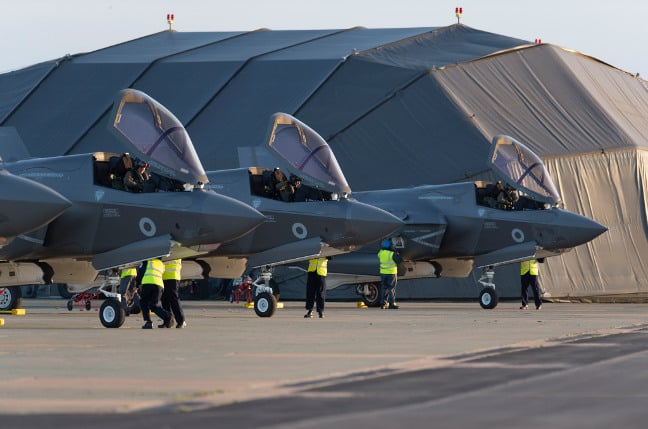#military-aviation
#military-aviation
[ follow ]
#air-superiority #fighter-jets #f-35 #attack-helicopters #aviation-safety #air-traffic-control #marine-corps
fromMail Online
2 weeks agoUS Air Force Thunderbirds jet crashes in fireball near Death Valley
An F-16C fighter jet exploded into a huge fireball after crashing in a desert near Death Valley on Wednesday. The pilot successfully ejected from the plane, which was part of the US Air Force's Air Demonstration Squadron, known as the Thunderbirds. Reports have indicated that the individual sustained only minor injuries and was taken to hospital in nearby Ridgecrest, California, for treatment.
US news
fromwww.thelocal.fr
1 month agoZelensky in Paris to seek air defence help for Ukraine
Zelensky's visit is part of a brief tour of his western allies that saw him seal an energy deal with Greece on Sunday and will include a visit to Spain on Tuesday. The Ukrainian leader has said that "a major deal with France" will be announced soon, but it was not known if that would be finalised in his talks with President Emmanuel Macron. The French presidency said Macron would "put French excellence in the armaments industry field at the service of the defence of Ukraine".
Miscellaneous
from24/7 Wall St.
1 month agoThe F-15 Eagle and the Evolution of U.S. Air Superiority Firepower
The F-15 Eagle has anchored U.S. and allied air superiority for nearly five decades. Designed, built and introduced by McDonnell Douglas in 1976, this just was made for speed and firepower. The twin-engine Eagle can hit speeds over Mach 2.5 and is armed to the teeth. It still remains a frontline asset for the U.S. Air Force from the Middle East to Asia.
Tech industry
from24/7 Wall St.
2 months ago50 Years of Evolution That Kept The Apache Helicopter on Top for Global Militaries
What makes the Apache so iconic is its singular purpose - combat. The airframe is built around a chin-mounted 30 mm M230 chain gun and its wings are capable of carrying a relatively flexible mix of rockets and missiles, although most commonly AGM-114 Hellfire anti-armor missiles and 70 mm Hydra rocket pods. More modern Apaches can also be fitted with mission-specific armament and air-to-air (self-defense) missiles.
World news
from24/7 Wall St.
2 months agoLightning Nations: The Biggest Arsenals of This Fifth Generation Stealth Fighter
Built by Lockheed Martin with major contributions from BAE Systems and Northrop Grumman, the F-35 Lightning II entered front-line service in the 2010s and has quickly become integral to allied air fleets worldwide. What sets the F-35 apart from other fighter jets is its mix of stealth and supersonic cruise without afterburner (supercruise-style performance). It also features flexible payload options as it can haul roughly 18,000 pounds of ordnance when fully loaded out.
World news
from24/7 Wall St.
2 months agoAmerica's F-22 Edge: The USAF Outpaces NATO in Both Stealth and Scale
The F-22 Raptor began a new era of aircraft in 2005-the fifth generation. As the first of this new generation, the Raptor featured a combination of stealth and speed that had never been seen before. While there have been new additions to the fifth generation, the F-22 is the poster child of this class. This aircraft alone sets the United States light years ahead of its NATO allies.
Miscellaneous
fromABC7 San Francisco
2 months agoBlue Angels may not fly due to gov't shutdown, but SF Fleet Week will go on with Canadian pilots
Shaw has been serving Irish Coffee's at The Buena Vista since May of 1976, that's 49 years. He was here when Fleet Week started in 1981. "Before the first year, all the pilots of the show they come here, and all the customers they get autograph from them, so they get poster. I love the show, even though I watch so many years, never get sick of watching it," said Shaw.
San Francisco
fromBusiness Insider
3 months agoI visited the largest military aviation museum in the world with over 350 aircraft and missiles on display. Here are the coolest things I saw.
"Air superiority was something that the Air Force has been a big part of since its inception. You still see that today, and that's one of the things that you will see all the way through," Prichard said. "The same with global reach - making sure that the aircraft that we have can go any place, anytime, right now. All of the aircraft that you see on display here will do that."
History
fromArs Technica
3 months agoGet into the cockpit as new crop of "Top Gun" pilots get their wings
Each episode focuses on a specific aspect of the training, following a handful of students from the Navy and Marines through the highs and lows of their training. That includes practicing dive bombs at break-neck speeds; successfully landing on an aircraft carrier by "catching the wire"; learning the most effective offensive and defensive maneuvers in dogfighting; and, finally, engaging in a freestyle dogfight against a seasoned instructor to complete the program and (hopefully) earn their golden wings.
Television
from24/7 Wall St.
3 months agoU.S. Military Operates 5,463 Helicopters Topping Global Ranks with Black Hawk Leading Decades of Service
The first helicopter used for military purposes was the YR-4B. It was designed by Igor Sikorsky, a Russian-born citizen that emigrated to the United States in 1919 and designed the craft as an American citizen. It made its first combat flight in April of 1944, when it aided in the rescue of four men in Burma. Since this time, helicopters have been used worldwide for military purposes.
US news
from24/7 Wall St.
3 months agoThe 30 Countries With the Largest Air Forces in 2025
Shortly after the Wright brothers' first successful manned flight in 1903, the potential military applications of aviation technology became increasingly apparent. In 1907, the U.S. Army established the Army Signal Corps, a small division devoted to aeronautics. By 1912, the Signal Corps had nine aircraft and an annual budget of $125,000-about $4 million in current dollars. Investment in the Signal Corps ballooned during the First World War, a conflict defined in part by the deployment of military aircraft for reconnaissance, tactical support,
US news
fromwww.mediaite.com
3 months agoSHOCK VIDEO: Polish F-16 Crashes in a Fireball After Failed Barrel Roll Maneuver
Horrifying footage has emerged of the moment a Polish Air Force F-16 fighter jet crashed and burst into flames on Thursday, after coming out of a barrel roll too late while rehearsing for an airshow event. Footage recorded by those gathered to watch showed the U.S.-made jet soaring into the sky in a wide loop before hitting the ground and exploding across the runway.
Miscellaneous
fromBusiness Insider
3 months agoOne of Malaysia's F/A-18 Hornets burst into flames during take-off, just as the country seeks to buy 33 more of the jets
A Malaysian F/A-18D Hornet caught fire on Thursday night as it was taking off, the country's air force said. Malaysia's air force, which owns eight of the US-made fighter jets, said in a statement that the aircraft had been involved in an "accident" at 9:05 p.m. local time. The statement said the take-off incident happened at Kuantan Air Base, roughly 110 miles east of the capital of Kuala Lumpur.
World news
Agile
fromBusiness Insider
7 months agoWe got an up-close look at the new Skyraider II light attack plane that maker L3Harris says can land almost anywhere
L3Harris' Sky Warden is a versatile, cost-effective light attack aircraft capable of landing in diverse environments, ideal for special operations.
fromWIRED
7 months agoThis US Company Just Successfully Tested a Reusable Hypersonic Rocket Plane
Stratolaunch's Talon-A2 rocket plane flew autonomously at hypersonic speeds, marking a significant advancement in US aerospace capabilities amid global competition for hypersonic technology.
Growth hacking
fromBusiness Insider
7 months agoA US Navy aircraft carrier in the Red Sea fight just lost a third Super Hornet. The $60 million jet went overboard on landing.
Both the aviators safely ejected and were rescued by an MH-60S Seahawk helicopter. The aviators were evaluated by medical personnel and assessed to have minor injuries.
US news
[ Load more ]

